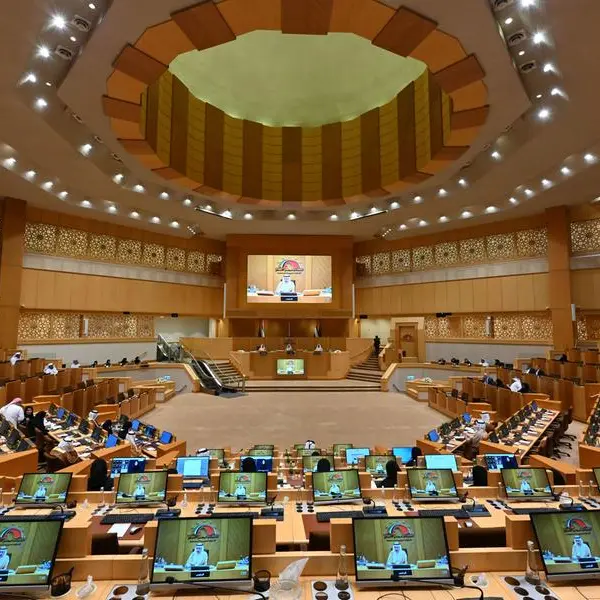PHOTO
Business activities in Saudi Arabia have slowed to two-year lows, with increased cost pressures and softening demand affecting growth in the kingdom’s non-oil private sector, according to January’s Purchasing Managers’ Index (PMI).
The Riyad Bank Saudi Arabia PMI for January dipped to 55.4 from December’s 57.5, signalling a weak improvement in the health of the country’s non-oil economy.
Even though business activity levels expanded at their slowest pace since 2022, it continued to increase across sectors due to a rise in new business intakes. The rate of sales growth eased to a five-month low.
Several businesses reported a slowdown in demand amid competitive pressures, while new export work dropped for the fourth time in six months.
Increased levels of new business fuelled a rise in input demand as purchasing activity and inventory holdings grew. The rate of buying growth, though, slipped to an eight-month low as firms started to taper procurement trends amid tapered demand.
Meanwhile, purchase prices rose at the sharpest rate since May 2012. Strong demand, higher material prices and greater supply chain risk were behind the increase, with some mentioning higher shipping costs amid the ongoing Red Sea crisis.
Despite market conditions, output prices rose modestly as increased competition forced companies to avoid hiking fees.
“Despite cost increases, output prices have remained low, signalling a high level of competitiveness in the market. This suggests that businesses are absorbing some of the cost pressure rather than passing it on to consumers, which could indicate a strategy to maintain market share in a competitive environment,” Naif Al-Ghaith PhD, Chief Economist at Riyad Bank, said.
With rising staff costs, overall input price inflation rose to its highest level since August 2020, resulting in a muted labour demand and only a modest rise in staffing.
Firms also showed reduced optimism for the year ahead, with demand growth slowing and margins under pressure.
Business expectations for the upcoming year dropped to the second weakest since mid-2020 in January, as firms indicated that waning demand growth and renewed inflationary pressures could limit business expansion in 2024.
(Writing by Bindu Rai, editing by Seban Scaria)




















